“When a man is tired of London, he is tired of life.”
This quote by the illustrious 18th-century writer Samuel Johnson may seem like a hyperbole. But to the more than 8 million people who call the city home (plus the millions who make it their vacation destination each year), London is a life-force spanning thousands of years of culture, history, and architecture. Whether you’ve paid a visit to The Smoke many times or are planning your inaugural trip, here is our list of the top 10 must-see sights in London. They’re classic, modern, multicultural, and everything in between.
1. The London Eye
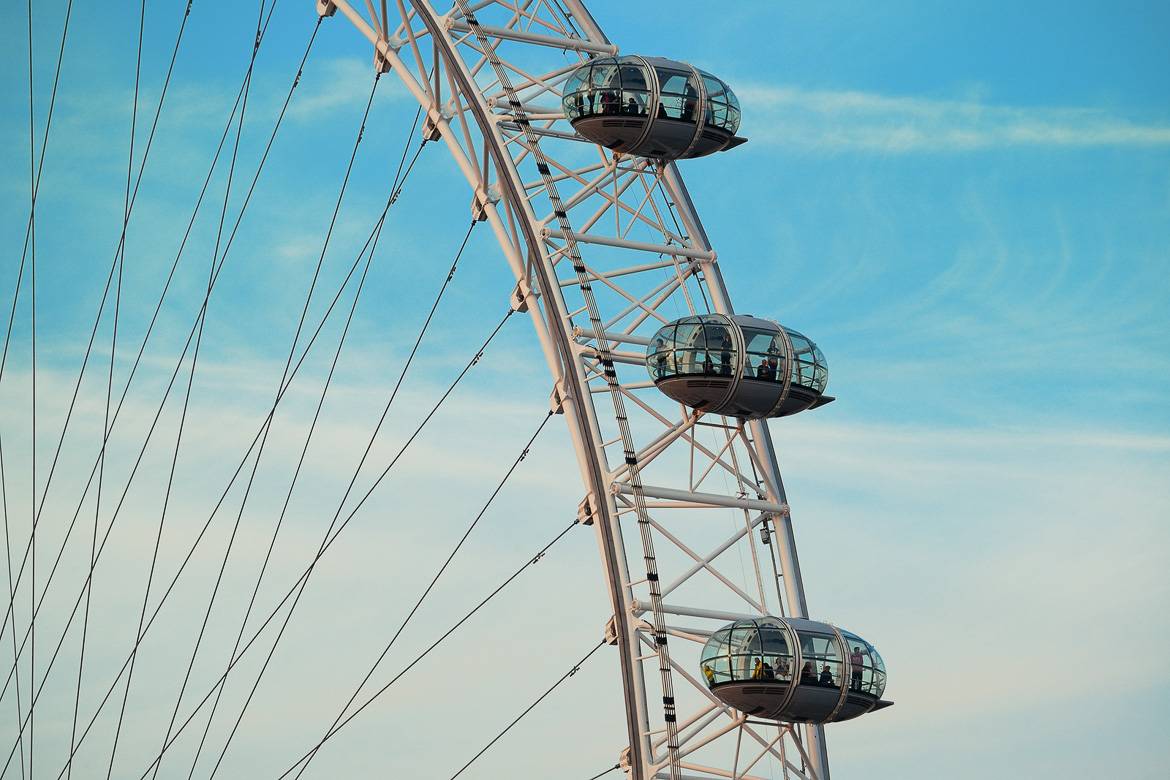
Open to the public since March 2000, the London Eye–also known as the Millennium Wheel–is the UK’s most-frequented paid attraction. It’s no wonder; with 360-degree views from each of the 32 capsules, the Eye provides what many consider to be the best panorama of London. Unlike most Ferris wheels, all of the glass pods are attached to the metal frame. In other words, you won’t feel the swinging sensation associated with most observation wheels. Each rotation lasts about 30 minutes, so you’ll have plenty of time to absorb and photograph the scenic views, which stretch up to 40 kilometers in each direction.
The Eye is a hugely popular attraction, especially for tourists, so be prepared for a long queue. Each cabin can fit roughly two dozen people and has air conditioning, heating, and bench seating. Although the Eye maintains its slow pace for passengers to board and disembark while it is in motion, it will stop for elderly or disabled guests.
General tickets are £28 for adults and £23 for children ages 4 to 15 as of June 2019. Discounts are available if you book in advance online. We recommend you spend a little extra and spring for the “day and night” experience, which allows you to view the heart of the city in the midday and nighttime hours. The Eye is open from 10:00 a.m. to roughly 8:30 p.m. year round (extended summer hours apply), with closings for Christmas Day and a week in January. On the South Bank of the River Thames, the attraction is accessible via bus, boat or Tube. Take the Bakerloo, Jubilee, or Northern trains to Waterloo Underground Station for a short walk to the wheel. Interested in seeing the views from the London Eye before you go? Take a look at the London Eye!
2. Westminster Abbey
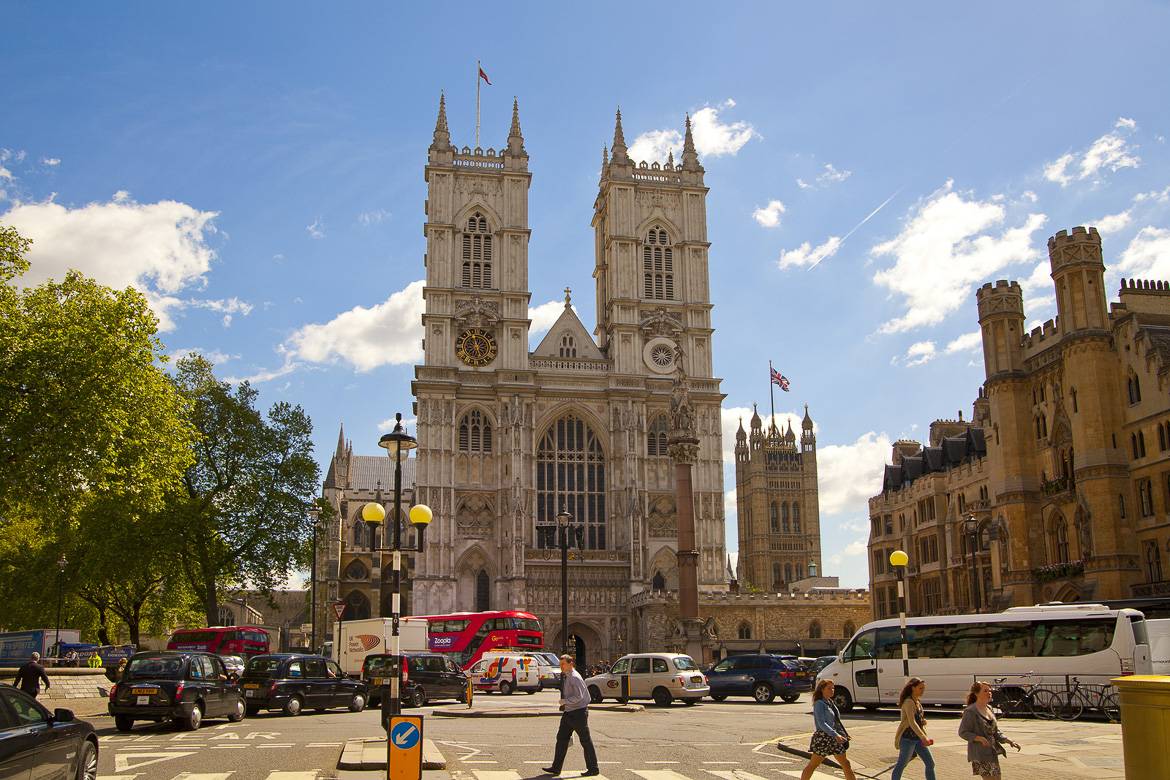
Centuries of English history lie within the Gothic walls of the world-famous Westminster Abbey. The awe-inducing cathedral is where many British monarchs have ascended to the throne and been laid to rest. Queen Elizabeth II was crowned here, and under the vaulted ceilings you will find the tombs of Elizabeth I of England, Mary I of England, Isaac Newton, and Henry Purcell, among others. The Abbey has also been the ceremonial venue of multiple royal weddings, most recently the 2011 nuptials of Prince William and Catherine Middleton.
Don’t miss Poets’ Corner, an area of the church that honors the legacy of British art and literature. Writers like Charles Dickens and Alfred, Lord Tennyson are buried here, while symbolic memorials commemorate other greats such as Jane Austen, the Brontë sisters, John Keats, T.S. Eliot, and William Shakespeare. Our guide to Westminster Abbey has extra information for your visit.
Westminster Abbey remains a functioning church. Anglican services are conducted daily and all are welcome to participate regardless of faith. The church is open for tours Mondays through Saturdays from 9:30 a.m. to 6:00 p.m., and open for religious services only on Sundays and holy days. As of June 2019, entrance fees are £23 for adults, £20 for students and seniors, £10 for children ages 6 to 16, and free for children under 6. As it is a house of worship, please dress respectfully. You can take the Jubilee, District, or Circle Underground lines to Westminster Station (City of Westminster borough) for transportation to the Abbey. After you leave, why not explore the City of Westminster?
3. Palace of Westminster and Big Ben
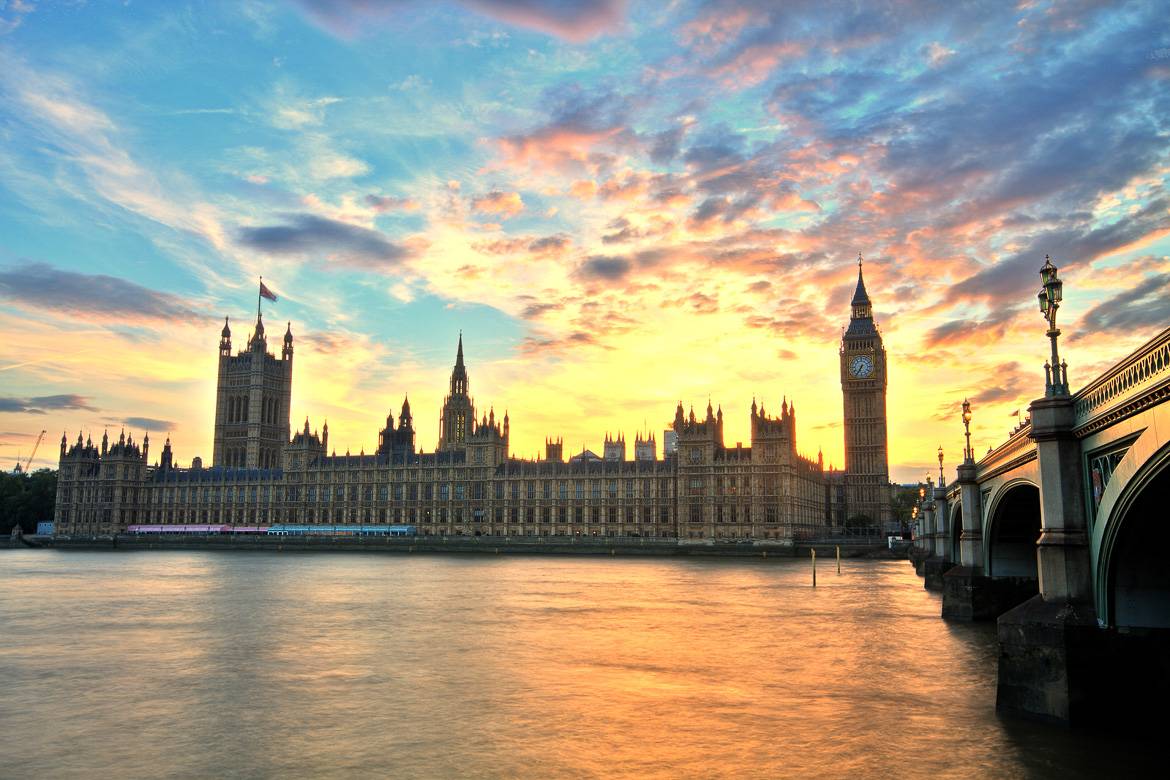
Arguably the most recognizable landmarks in all of England, the Palace of Westminster and Elizabeth Tower (Big Ben) could have had a very different fate. In 1834, a fire destroyed nearly all of the buildings of Parliament, and reconstruction efforts began a few years later. The Gothic-style palace that stands beside the Thames today is a memento of the Victorian era from which it originated. The Palace of Westminster remains the home of Parliament, where politicians meet to create legislation for the UK and British territories overseas. “Big Ben,” meanwhile, is not the name of the large clock or its corresponding turret, Elizabeth Tower. Rather, “Big Ben” refers to the spire’s main bell.
Select visits to the Houses of Parliament are available by audio tour or an expert guide. Because of the security measures involved, you should book your tickets in advance. Tour days are typically on Saturday, but some weekdays are available. Audio tour prices are £20.50 for adults, £18 for seniors, students and British soldiers, and children between the ages of 5 and 15 are free with each paying adult (£8.50 per additional child).
As of June 2019, prices are approximately £5-8 extra for guided tours, and only children under the age of 5 are free. Situated on the Thames River in the City of Westminster, the Palace is accessible via Westminster Station (Jubilee, Circle, or District lines) or by bus. Unfortunately, only UK residents can tour Elizabeth Tower (Big Ben), but don’t worry, Westminster Bridge is a great spot to take photos with the London icons directly in the background. Our video tour of the City of Westminster will give you plenty of ideas about how to spend your afternoon in the borough!
4. Buckingham Palace
Purchased in 1761 by George III as a family residence for his wife, Queen Charlotte, Buckingham Palace now stands as the government headquarters and official London home of the English monarchy. Beyond its impressive façade lie 750 rooms, several of which serve as formal reception halls. Buckingham Palace is also the site of the most popular Changing of the Guard of any royal residence. The pageantry begins around 11:30 and lasts until 12:15 (see the official website for a monthly schedule).
With its embellished golden gates and accompanying garden, Buckingham Palace is perfect for a regal photo. Better yet, if you’re visiting London during August and September, you can see the interior of Buckingham Palace for yourself! The estate opens its doors to the public while the Queen and her family take their summer holiday. Inside you’ll find an art gallery, lavish furnishings, and ornate horse-drawn carriages, to name a few highlights.
The Royal Day Out ticket package includes admission to the State Rooms, the Queen’s Gallery, and the Royal Mews. It will cost £45 for adults, £40 for seniors and students, £24.50 for children ages 5 to 17, and free for children under 5 (as of June 2019). Other ticket bundles include tours of the State Rooms and Garden Highlights, or the State Rooms only. Prices vary, but are cheaper than the Royal Day Out package. Buckingham Palace is within walking distance of several Tube stations in the City of Westminster. The closest are Hyde Park Corner, serving the Piccadilly line, and Green Park, serving the Piccadilly, Victoria, and Jubilee lines. Our furnished London apartment rentals may not be quite as lavish as Buckingham Palace, but they’re certainly worth a look.
5. Hyde Park
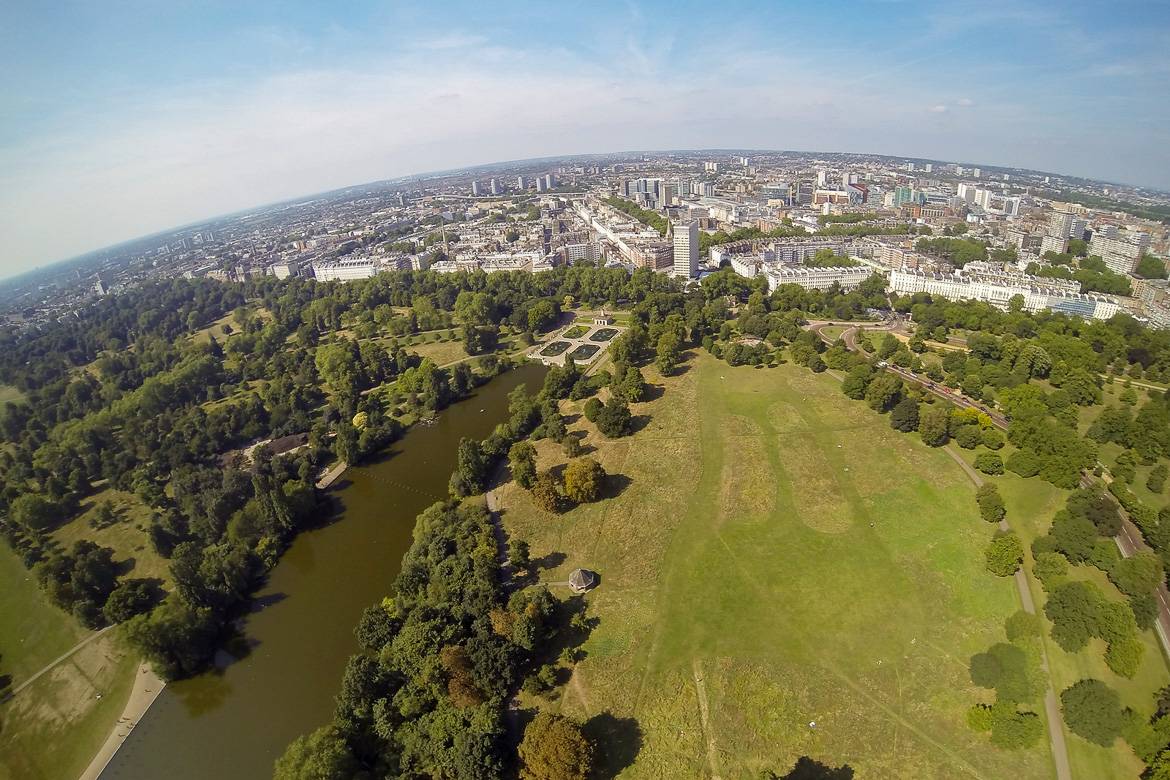
Hyde Park, one of London’s eight Royal Parks, is a refreshing retreat from the bustling urban landscape. Locals and tourists have loved the 350-acre parkland since 1536 for its lush greenery and recreation like water sports and horseback riding. In the spacious meadows you’ll find tennis courts, concerts and events such as the BBC Proms and Barclaycard Summer concert series, cafes and restaurants, a memorial in honor of the 7/7 bombing victims, a memorial fountain celebrating the life and work of Princess Diana, and the renowned Speakers’ Corner. The lattermost feature is a centuries-old space for public speaking and debates. It is said that writers such as Karl Marx and George Orwell spoke here! Today, the Corner is very much alive as a symbolic icon of free speech. Stroll by on a Sunday morning and you’ll likely encounter someone posing their views to a crowd. So long as they go about it lawfully, they cannot be stopped by the police.
Hyde Park is open year-round from 5:00 a.m. until midnight, and there is no admission fee. Its central location is easily accessible via bus from all directions of London and via four Underground stations: Knightsbridge (Piccadilly), Hyde Park Corner (Piccadilly), Marble Arch (Central), and Lancaster Gate (Central). Take a closer look at the borough of Kensington and Chelsea with our video guide!
6. Tower Bridge
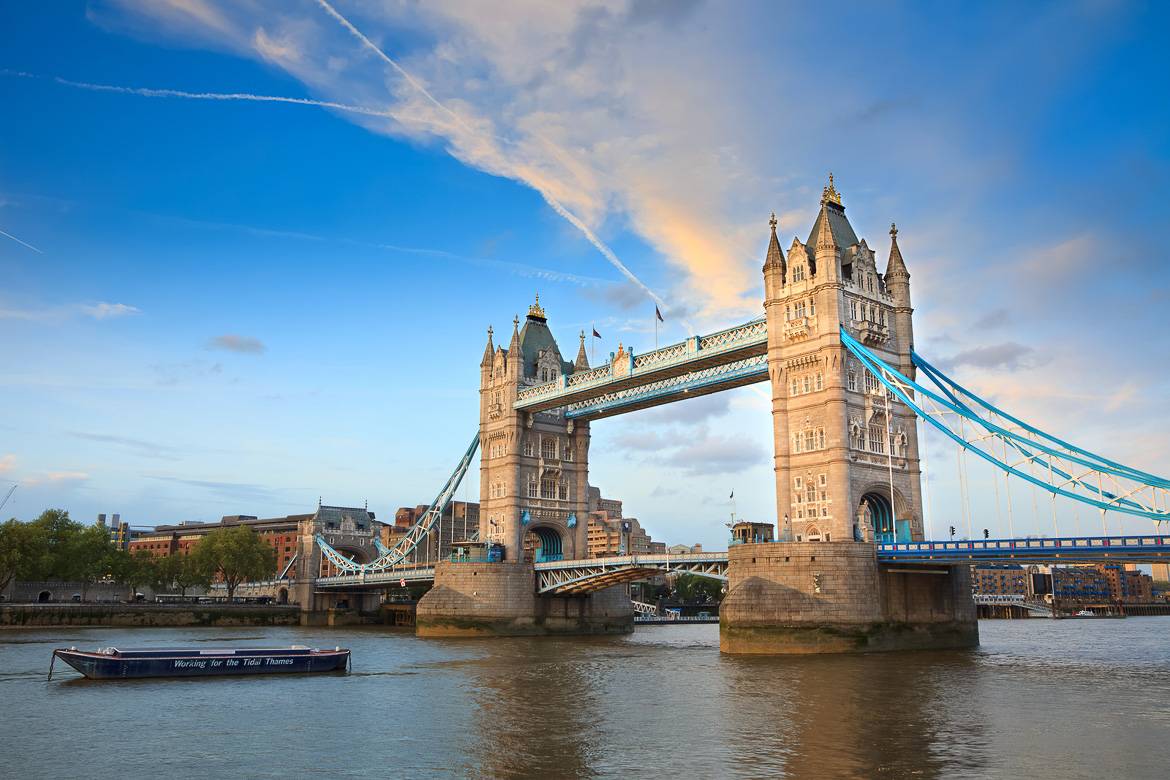
Often confused with London Bridge of nursery rhyme fame, Tower Bridge is arguably the most photogenic bridge in the entire city. You’re bound to find it gracing many a postcard! After construction lasting eight years, the bridge opened in 1894 to alleviate traffic in the rapidly expanding East End. Both a drawbridge and a suspension bridge, it closed its high-level walkways in 1910 due to lack of use, but reopened them in 1982. Today, you’ll see many pedestrians making the trek across the Thames via the Tower Bridge’s sidewalks and walkways.
Tower Bridge can be experienced two ways. The first is by visiting the official exhibition, which delights guests with galleries, a tour of the Victorian Engine Rooms and a stroll along the walkways 42 meters above the Thames. Adults tickets are £9.80, children ages 5 to 15 are £4.20, seniors and students are £6.80, and children under 5 are free as of June 2019.
The second experience is free of charge: become a pedestrian on the bridge’s sidewalk or ride across on a double-decker bus to watch the city and the river! As it is a working drawbridge, check the Tower Bridge website for a schedule of all the lift times. Tower Bridge is nearest to the Tower Hill Tube Station (Circle and District lines).
7. Museums
There’s no better way to celebrate the history of human art and culture than by paying a visit to three major London museums free of charge! The National Gallery in Trafalgar Square houses paintings from the 1300s to 1900s from admired artists such as Vermeer, Van Gogh, Monet, Seurat, and Cézanne.
The Tate Modern is Britain’s leading modern art gallery and the most visited modern art museum in the world. With a collection boasting works from Picasso, Klee, and Kirchner, it shouldn’t come as a surprise. Temporary installations are also commonplace at the Tate.
The main attraction at the British Museum, a world-class gallery devoted to anthropology, is the Rosetta Stone. This tablet helped scientists translate Ancient Egyptian hieroglyphics for the first time. It’s certainly a historical showstopper, but don’t let it distract you from wandering the surrounding halls of Greek, Roman, Asian, African, and Latin American artifacts.
Take the Central or Northern Underground lines to Tottenham Court Road for the British Museum. The Southwark Tube Station, serviced by the Jubilee line, will bring you to the Tate Modern. While you’re there, visit Shakespeare’s Globe just next door. Ride the Bakerloo or Northern trains to Charing Cross Station for the National Gallery. The best part is that aside from special exhibits, all of these museums are free! Sneak a peek at our other tips for saving money in London with a family in tow.
8. Trafalgar Square
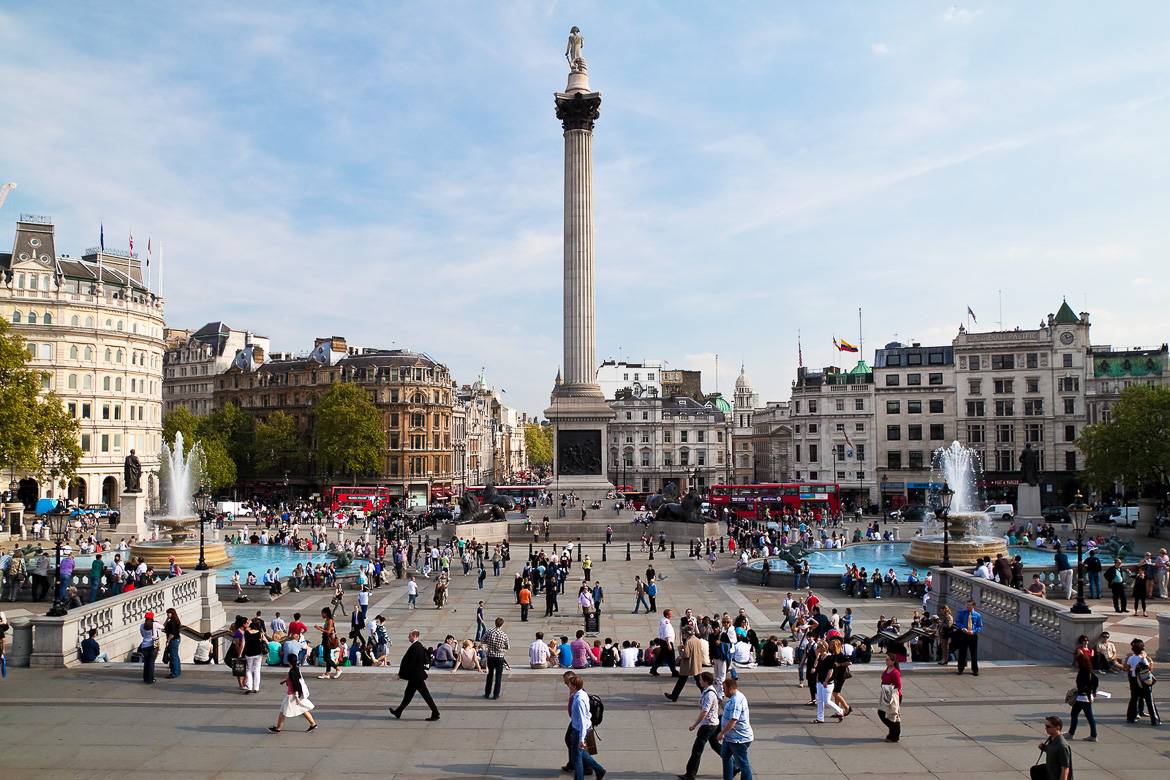
Trafalgar Square is a centerpiece in the City of Westminster as the most beloved open urban space in London. While its flashier northwest cousin, Piccadilly Circus, lies up the road, Trafalgar is much more majestic. Its namesake is a victorious battle for the British navy in the Napoleonic Wars. Nelson’s Column marks the area by its sheer height, and the kids will especially love the bronze lions at its base. Fountains and stone steps add to the stately atmosphere overlooked by the National Gallery.
Walking around Trafalgar is naturally free, and the adjacent traffic circle makes taking public transportation easy. If you prefer to use the Underground, ride the Bakerloo or Northern lines to Charing Cross Station. Perhaps you’ll stumble upon a political rally or a special celebration on your travels! Take a look at Trafalgar Square’s surrounding neighbors in the West End of London.
9. Saint Paul’s Cathedral
Whether you know it as the site of Prince Charles’s marriage to Lady Diana Spencer in 1981 or as the magnum opus of architect Christopher Wren, Saint Paul’s Cathedral is a wonder to behold. Resting on the tallest point in the City of London (the borough, not the whole city!), Saint Paul’s is truly a survivor. The cathedral you’ll see today is at least the fourth incarnation, rebuilt after the devastating Great Fire of London. Throughout history, Saint Paul’s has remained an iconic building and has held funerals for equally iconic people like Winston Churchill and Margaret Thatcher.
Inside, you’ll discover a library of tomes and collection of artifacts relating to the basilica, a crypt housing the remains of Lord Nelson, Lord Wellington, and Christopher Wren, and chapels for religious prayer. The highlight of Saint Paul’s is the towering dome. If you have the stamina to climb the 528 steps to the Golden Gallery, you’ll be treated to one of the best views in London! Ascend only halfway and you’ll arrive at the Whispering Gallery, a fan favorite. Bring a companion, stand on opposite sides of the dome, and whisper against the wall. Thanks to an architectural peculiarity, your friend will be able to hear you from the opposite side.
Saint Paul’s is a working cathedral like Westminster Abbey, so feel free to take part in an Anglican service. Regardless of your reason for visiting, dress appropriately. Sightseeing hours are from 8:30 a.m. to 4:00 p.m., Monday thru Saturday. As of June 2019, prices are £20 for adults, £17.50 for seniors and students, and £8.50 for children ages 6 to 17. Two minutes away from the cathedral is the aptly-named St Paul’s Tube Station serviced by the Central line. Several buses also stop right in front of Saint Paul’s.
10. Tower of London
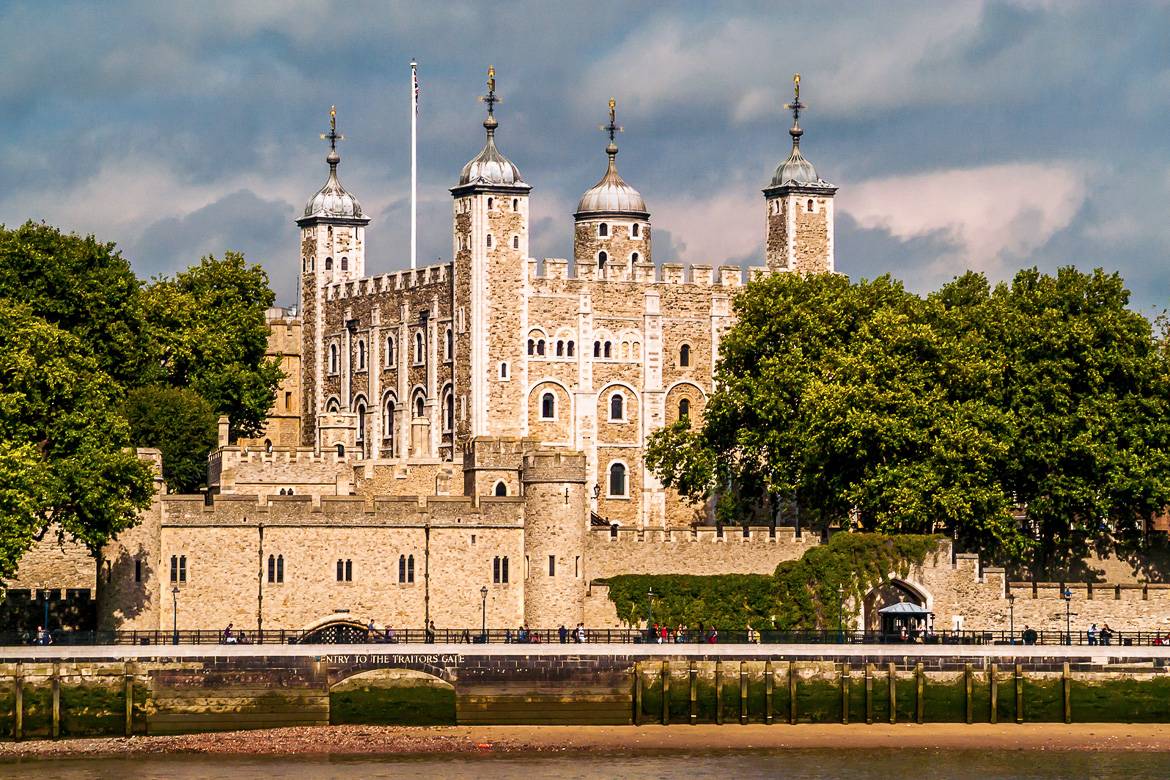
The Tower of London is the most notorious structure on the Thames, and its reputation precedes it. The Tower has served many purposes since opening in the 11th century as the Royal Mint, an armory, and an observatory. However, none have the allure of the Tower’s most infamous role: a prison. Beyond the stone fortress is the site of Anne Boleyn’s beheading, turrets where prisoners were kept, and a sanctuary for ravens. We recommend taking a tour with the resident Yeomans to understand the full breadth of the Tower’s history (and for the Yeomans’ gleefully morbid wit).
The Crown Jewels are also a considerable draw for visitors, and are on display within one of the Tower’s many buildings. The torture instruments are unmissable for those with a morbid interest in the macabre. For an insider tip, skip the Bloody Tower and visit Wakefield Tower instead. The latter is less crowded and its carvings from prisoners are more telling of the Tower’s tragic past.
As of July 2014, the Tower of London charges £24.70 for adults, £19.30 for students, seniors, and persons with disabilities, and £11.70 for children ages 5 to 15. The Tower is next to Tower Bridge and is accessible via the Tower Hill Tube Station (Circle and District lines). There’s a lot to discover at the Tower of London, so why not extend your trip with our London vacation rentals?
What are your favorite London spots?
Tickets and hours have been updated as of June 2019.

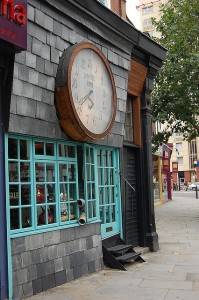
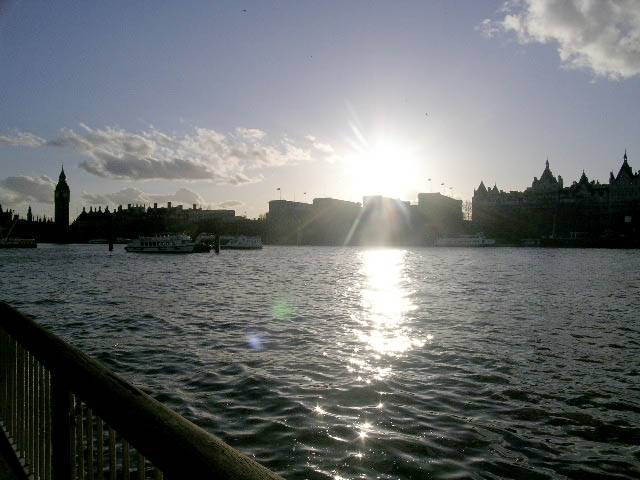
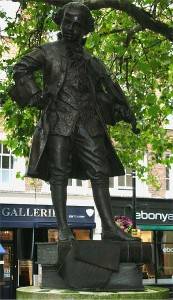
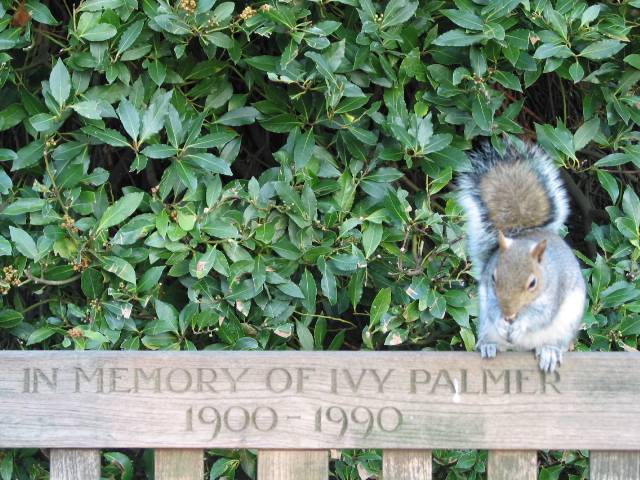
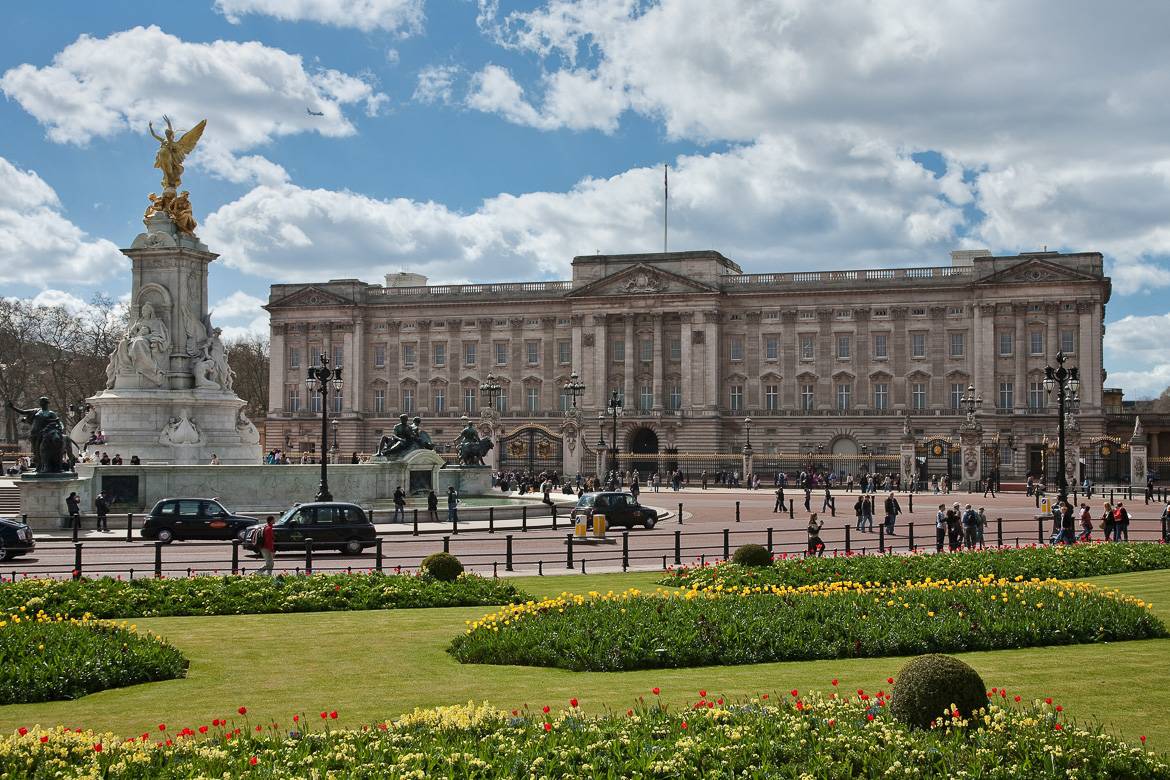
Leave a Reply